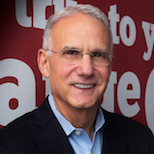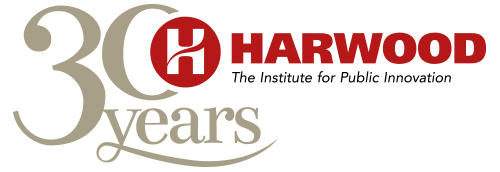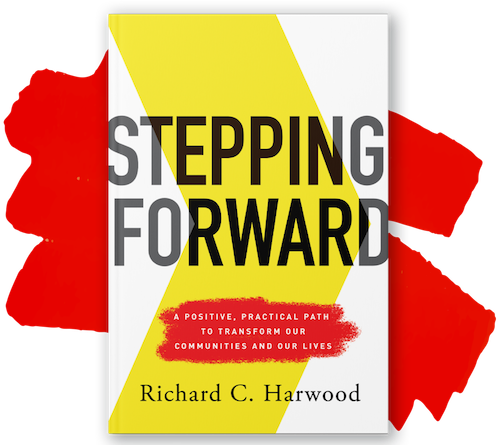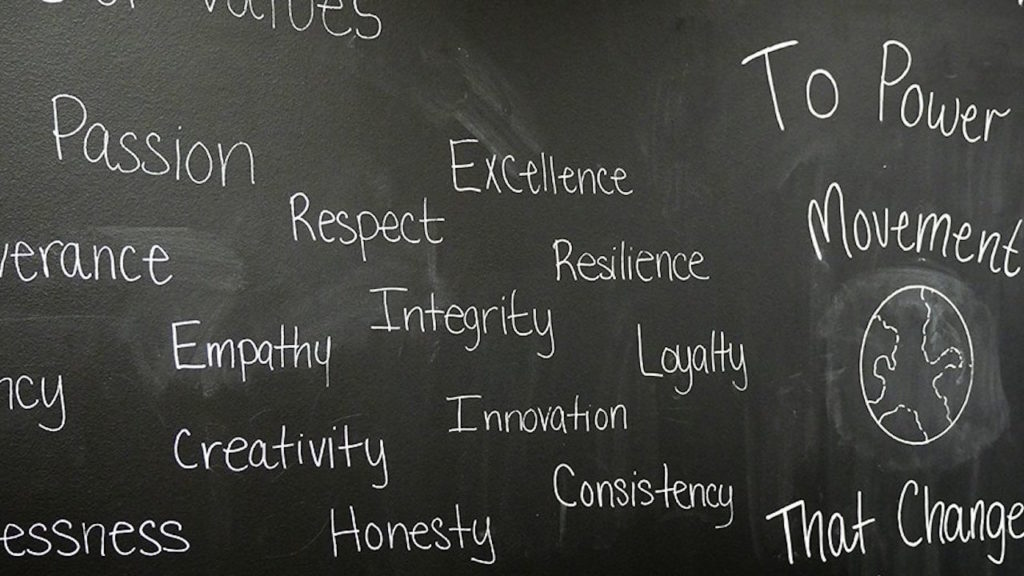
Rich Harwood
Special to the Philanthropy Journal
By Richard C. Harwood
In so many of the communities where I work, people are frustrated, dispirited and downright angry about broken promises and growing mistrust. This condition undermines our collective ability to get things done in communities, and it undercuts our civic confidence.
The good news is each of us can step forward to take positive, practical steps to rebuild the civic confidence of our communities—it’s within our reach and our power.
The lack of civic confidence comes from lots of different directions. Our public discourse is increasingly divisive. More and more people are aggrieved, and feel they aren’t being heard. Too many leaders and organizations are more concerned about their own agendas rather than our shared agendas. And comprehensive plans get designed which are too big for a community to take on, and fail to realistically take into account the capacities and needs of a community.
 I’ve seen this play out in hard-hit communities like Flint, MI and Youngstown, OH, to small and rural communities like Clark County, KY, to vibrant communities like Oak Park, IL. Truth be told, just about everyplace I go nowadays, civic confidence is in short supply.
I’ve seen this play out in hard-hit communities like Flint, MI and Youngstown, OH, to small and rural communities like Clark County, KY, to vibrant communities like Oak Park, IL. Truth be told, just about everyplace I go nowadays, civic confidence is in short supply.
WHAT YOU CAN DO
So, in this environment, how can you begin to move forward and rebuild civic confidence? Here are five steps you can take:
- Turn outward, not inward. When under pressure, our instinct is to hunker down and turn inward. But if you want to rebuild civic confidence, then the first step is to make sure you’re turned outward. This is especially the case when developing new strategic plans and initiatives. Turning Outward means using your community, not your conference room, as your reference point for creating change. And only then can we see and hear all people, accurately know the context of our communities, and take effective action.
- Discover what we share. This probably sounds obvious, but it’s not. Too often we engage people on their “problems,” leading to more division, gridlock and despair; or create utopian visions that go nowhere. Many times we fail to engage people who have been left out or feel invisible. To rebuild civic confidence, we must shift the conversation to people’s shared aspirations—what is it people want to create, together? Only when we rediscover what we share in common and actively build upon it can we bridge divides, heal our wounds and make progress—and engender civic confidence.
- Think trajectory, not fixes. A lack of civic confidence is rooted in false hope that gets created when we make pledges and promises we can’t keep. The solution is not to back away from putting a stake in the ground about your goals; it’s to lean in even more. But let’s be real: for many of the problems we seek to address—such as poverty, racism, education, and drug addiction, among others—there are no easy solutions or quick fixes. What people really want to know is that we are moving in the right direction and with growing, not diminishing, momentum. Our task is to get on a better trajectory. Then, civic confidence expands and deepens.
- Make visible the invisible. Much of the change we create in communities is invisible to people, including to those of us helping to generate the change. It takes time to see change occur, especially if that change is happening over a longer period of time. To rebuild civic confidence, we need to make more visible the change that’s emerging along the way. The Harwood Institute found this to be such a big challenge for change-agents that we recently designed a new tool—Making Visible the Invisible—to help people see, name and lift up the change they are making.
- Get in motion. For all the steps I’ve already mentioned to grow civic confidence, you need to get moving. But too often we linger in planning mode, paralysis and doubt. It is only when we are in motion that we can create a dynamic that leads to discovering new openings for effective action, new partners to team up with, and new possibilities for serendipity to occur. Rebuilding civic confidence requires progress, which is the result of being in motion.
STEPPING FORWARD
Everything I am suggesting for rebuilding civic confidence requires something else of you, too. Something personal. You must step forward. I am talking about making an active choice where you say, ‘Here I Am”—I am awake, engaged and present—ready and open to meeting the challenge of rebuilding civic confidence.
None of us can solve the challenge alone. My hope for you is simply to own the contribution you can make. Each of us has the power to step forward in our own realms to rebuild civic confidence in these trying and tumultuous times.
Civic confidence is an outgrowth of what you choose to do.
 Richard C. Harwood is the author of the new book, Stepping Forward: A Positive, Practical Path to Transform Our Communities and Our Lives. He is the founder and president of The Harwood Institute for Public Innovation.
Richard C. Harwood is the author of the new book, Stepping Forward: A Positive, Practical Path to Transform Our Communities and Our Lives. He is the founder and president of The Harwood Institute for Public Innovation.





